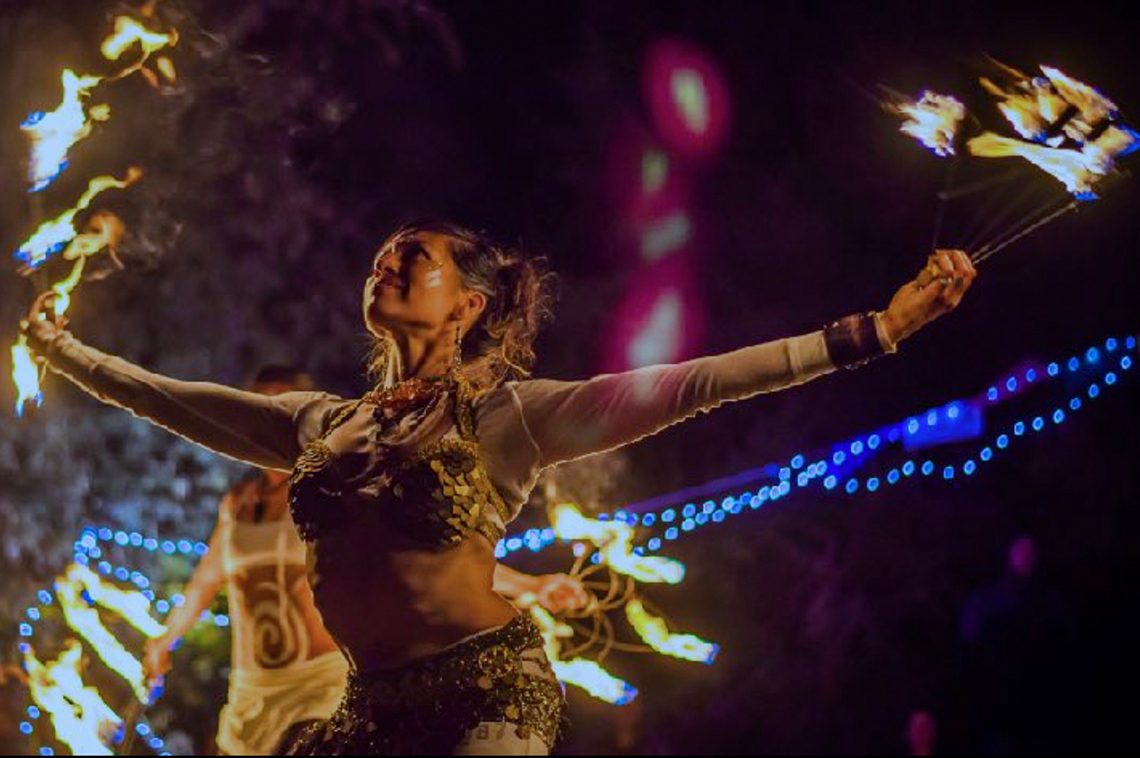

Dierdre Morrison is an Americorps member whose focus is community and economic development through creative industries, at Elsewhere Studios, —an artist-in-residence program in Paonia, Colorado.
“Part of what I do here is gather and organize information so that our outreach and grant-seeking activities go farther. I grow partnerships with other area not-for-profits to offer community classes, and highlight the creative endeavors of area craftspeople, food producers, and conservation efforts. I’m also managing a summer (2018) project called INSPIRED: Art at Work —which is designed to advance area dialogue and help shift some of the polarization in our community as we consider our future together.
‘INSPIRED: Art at Work’ is hosting two visiting artists along with two local artists who are working closely with scientists, policy-makers, and local partner organizations to create socially-engaged works that explore and address selected environmental, cultural, social, and economic issues vital to preserving the natural world, the quality of life, and the sense of place in the North Fork Valley. Through a series of meetings and discussions, the artists and community members will define a particular issue or set of issues that relate to the health of our community. These might include matters such as the impact of energy development, Gunnison River health, air quality, changing energy resources, the loss of coal mining jobs, or changing cultural norms. The project is designed to authentically promote dialog among the diverse inhabitants of our community.
Collective Creation
Over 40 artist applicants, ranging from blue-collar artists —hailing from Appalachia and far Northern Michigan— to graduates of Harvard and Yale, submitted work for consideration, eager and ready to work with the community here. Socially engaged artists are not looking for pat answers. They are working to fold ideas and conversations into multifaceted works of art that challenge us to consider new ways of seeing. They are exploring new terrain through their creations and partnering with researchers and scientists to evoke empathy in our conversations around history, people, industry, land, class, and contested desires. The questions posed by socially engaged art work stand for themselves and are some of the leading inquiries worldwide as we look into a post-industrialization world. “How can art encourage us to understand each other’s values?” “In what ways can art help us to understand how we protect what we hold dear?” “When we feel vulnerable about our choices, or the choices of our leadership, can art help keep a conversation going?” “Can the act of collective creation help build more solidarity in the shaping of our towns?”
Economic Development
The North Fork Valley economy has a legacy in coal, and the jobs here have been boom, bust, and boom again, until about 7 years ago when many of the local coal mines closed. For several generations, this beautiful place has flourished with ranches, orchards, and farms, and also by income from the mines. As this extractive economy has shifted however, so too has the local culture. A new influx of younger professionals and families have been finding their way to Paonia, less interested in the jobs provided by the coal mines and more interested in finding environmentally sustainable income streams. It is not surprising that, as with many transitions, these changes have sometimes been fraught with tension. With a transitioning economy buffered by a wealth of creative endeavors, Paonia provides a prime place for community conversation on ways to generate economic opportunities so that families and young workers might thrive here well into the future. If we hope to create a resilient and sustainable community for younger generations, it is critical for young people to know that they will be able to afford to live here, and that there will be meaningful work to support them.
How can we use art and artists to foster dialogue between disengaged people?
What incremental signs will I see if the antipathy is breaking down? What steps can we take so that a rancher might pause from his cattle, and take time to come check out arts in action, or, better yet, participate in it? What would make an art-loving teen in a tiny, rural town feel confident enough to show up at our event? While some of us are feeling affronted or energized by recent changes, others of us are feeling distracted, unknown, lonely and powerless. Can art remind us there is a place for everyone, for all voices? Can art be a tool that helps demonstrate the ways in which we are intrinsically connected to each other and the natural world? Can art bring us together so that we might jointly create our sense of place? This summer in Paonia, we will take steps to find out.
To check out the artists projects go here.
For Symposium information and tickets, click go here.
Edited version of a piece originally posted on Real Small Towns.





